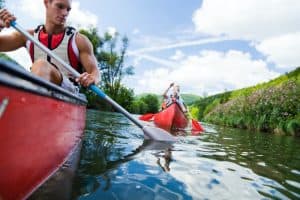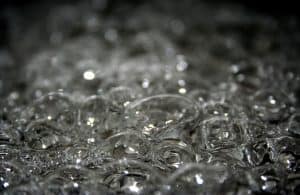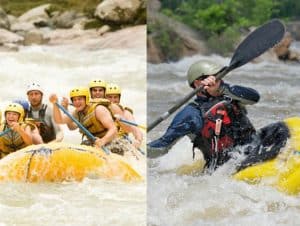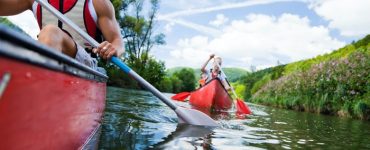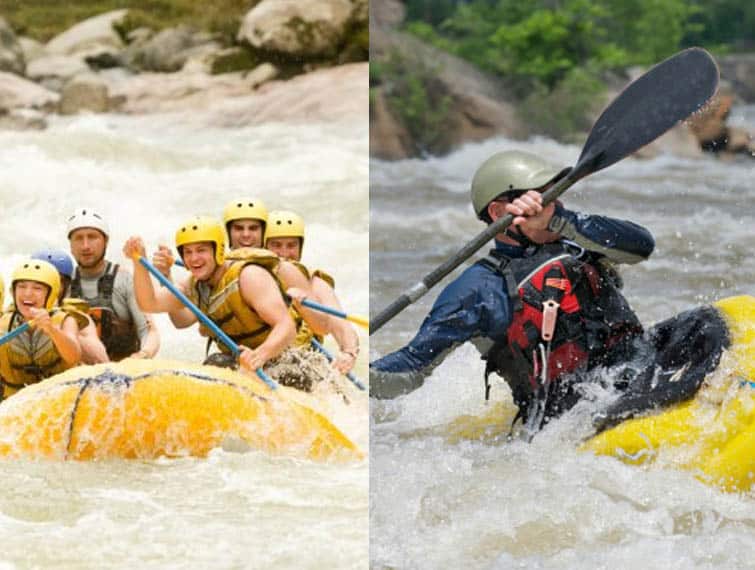Flooding can be a devastating event, leaving communities and homeowners struggling to pick up the pieces. In some cases, people may attempt to canoe their way out after a flood but this is not always the best option. There are several reasons why you should not canoe after a flood and wait for help instead.
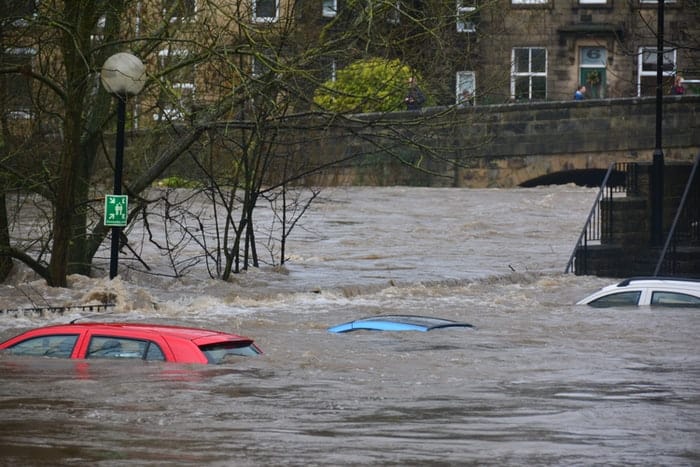
Hazards Appeared After Flood
The recent flooding throughout the Midwest has brought with it a host of new dangers, including the potential for hazardous materials to be swept into waterways. Canoeing is a popular activity in many of these areas, but it’s important to be aware of the risks associated with paddling after a flood.
One major concern is the presence of toxins in the water. Floodwaters can carry chemical pollutants from nearby factories and farms, as well as sewage and other hazardous materials. These substances can cause serious health problems if ingested or even come into contact with skin.
Another danger is posed by floating debris. A rapid flow of water can easily pick up large logs, branches and other objects and sweep them downstream. These obstacles can damage boats and injure people, and they can also create dangerous whitewater conditions.
Lack of Visibility
When canoeists hit the flooded waterways, they often can’t see the hazards lurking beneath the surface. This lack of visibility can lead to accidents and injuries.
Fun Outdoor Quiz
In addition to the dangers posed by hidden objects in the water, canoeists can also be injured by debris that has been carried into the river by floodwaters. limbs, trees, and rocks can all cause serious harm if they strike a canoeist or their vessel.
Another danger posed by flooding is the increased possibility of encountering rapids or other sections of fast-moving water. Canoeists who are not experienced in dealing with these conditions may be at risk for capsizing or being swept downstream.
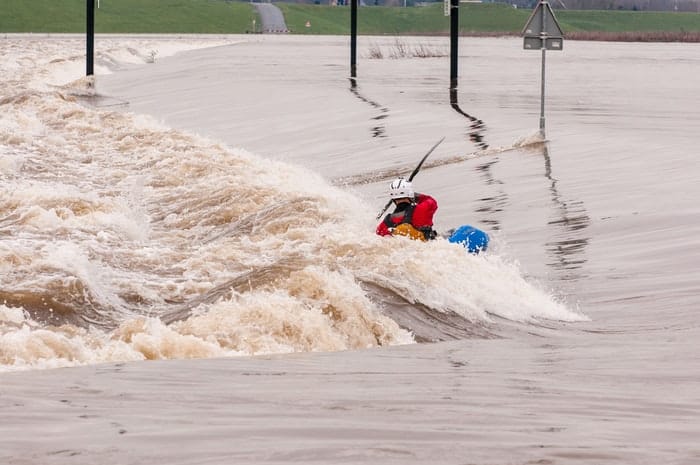
Limited Access to Medical Help
The dangers of canoeing after a flood are numerous. One of the most significant dangers is the lack of access to medical help. If someone falls out of the canoe and hits their head, they may not be able to get help for some time. The injury may become worse if they are in the water and the temperature is cold.
In many cases, the only way to get medical help is by helicopter, which can be difficult and expensive in rural areas. There are also many snakes and alligators that may be present in flooded areas, which can lead to dangerous encounters.
Downed Power Lines
When canoeing after a flood, it is important to be aware of potential hazards. One such hazard is downed power lines. If you come across a downed power line, do not attempt to cross it. You could be electrocuted.
Stay away from any wires that are touching the water and remember that wetness can increase your risk of being electrocuted. If you see someone else in danger, do not try to rescue them yourself. Call 9-1-1 and let professionals handle the situation.
High Level of Water
When the water levels are high, as they often are after a flood, it is best not to canoe. The water can be extremely choppy and dangerous, leading to accidents and injuries.
In addition, the current can be very strong and unpredictable, making it difficult to navigate. Canoeing in these conditions can also be very tiring, as you will be fighting against the current the entire time.
Risk of Infection
After any major flood, the risk of infection is high. This is because floodwaters can carry debris, chemical pollutants, and biological contaminants such as bacteria and viruses. Canoeing in these waters can increase your risk of exposure to these harmful substances and increase your chance of becoming ill.
While the water may look clean, it’s actually not safe to canoe after a flood. Canoers are at risk for infection if they come into contact with flood water. The water may contain bacteria, viruses, and other toxins that can cause serious illness.
It’s best to wait until the water has been tested and declared safe before getting back out on the river. Until then, enjoy watching others paddle by from the shoreline.
Conclusion
In conclusion, it is best not to canoe after a flood and wait for help to arrive instead. The water may be too dangerous to navigate, and you could end up stranded or worse. Stay safe and wait for help to arrive.



